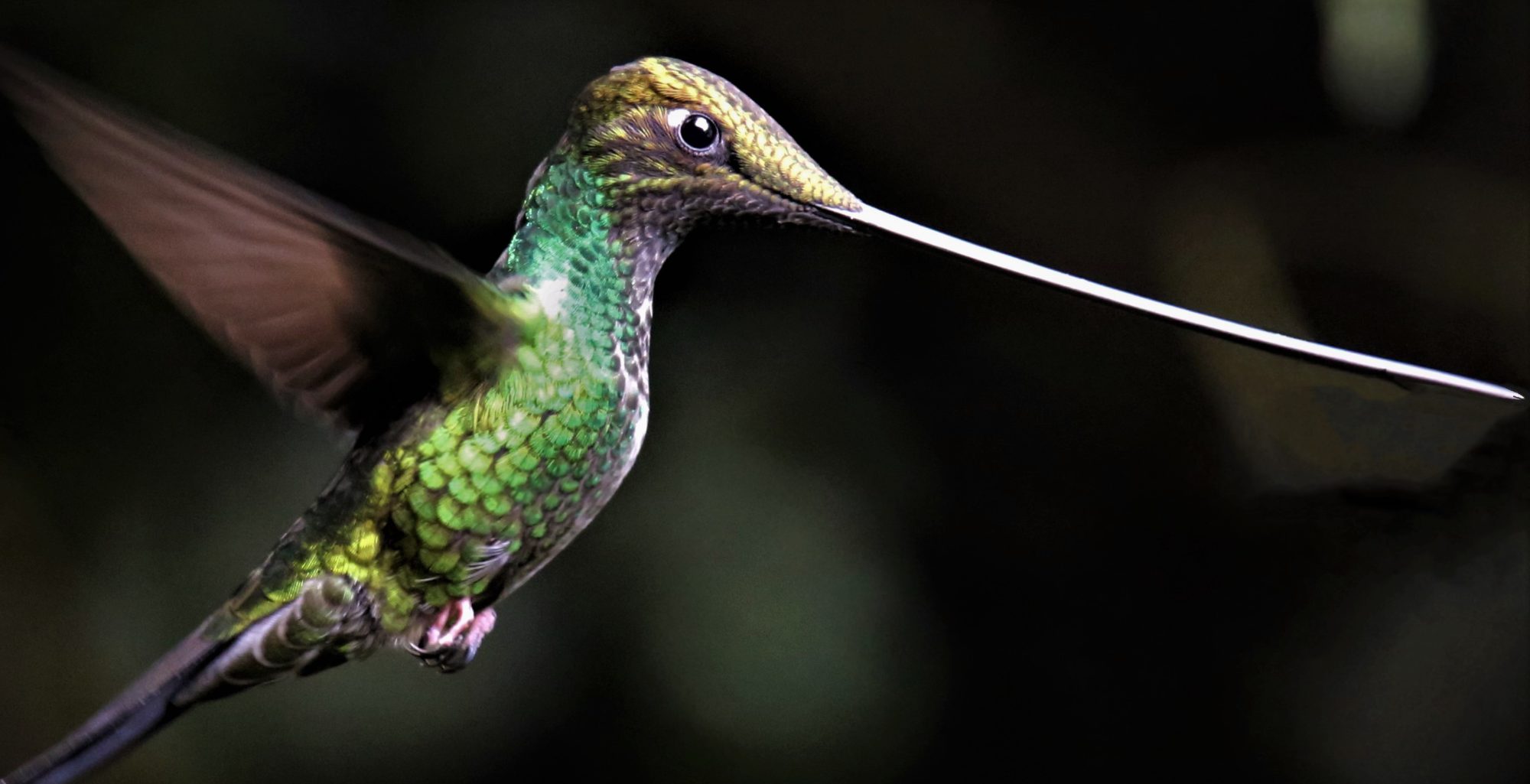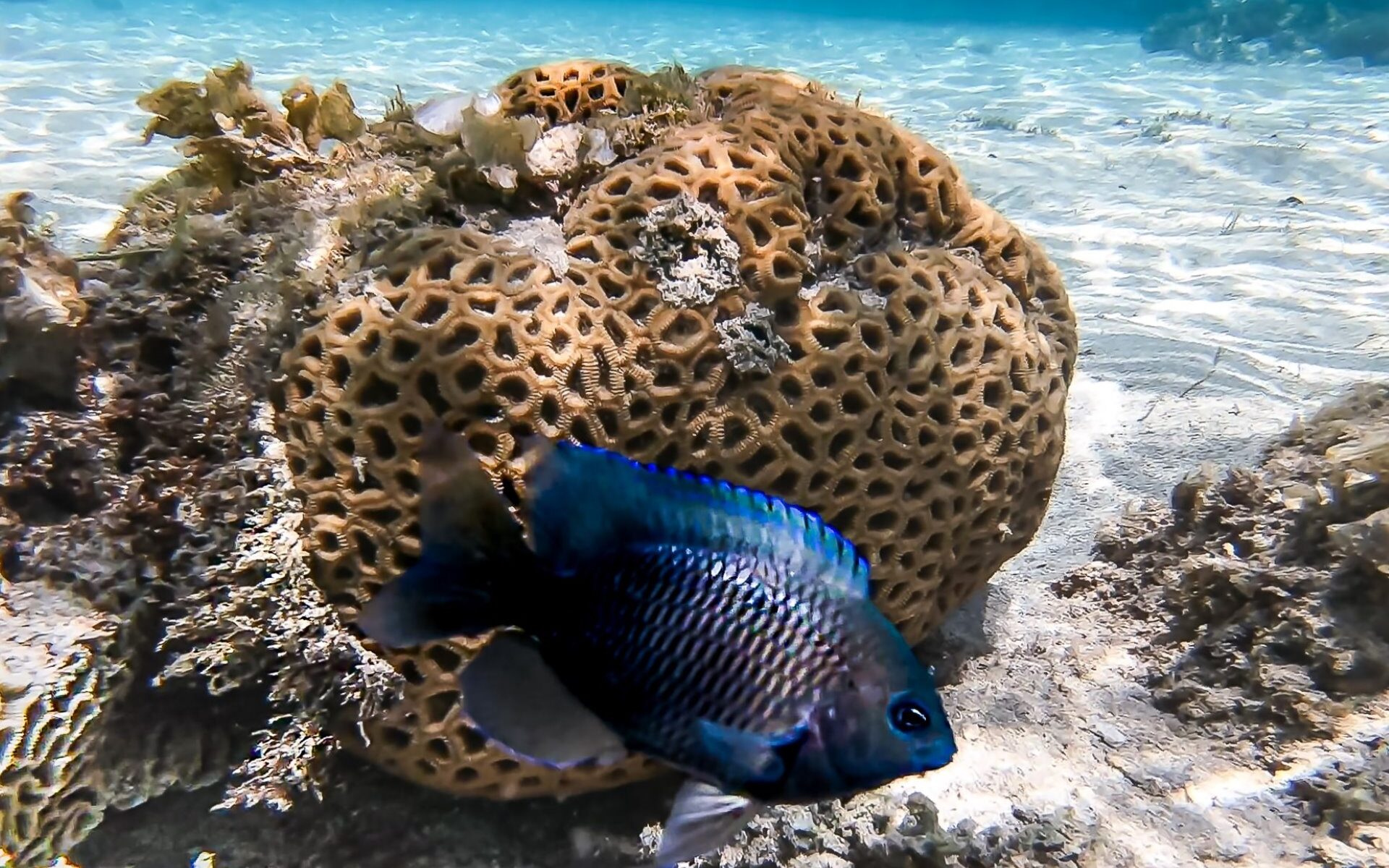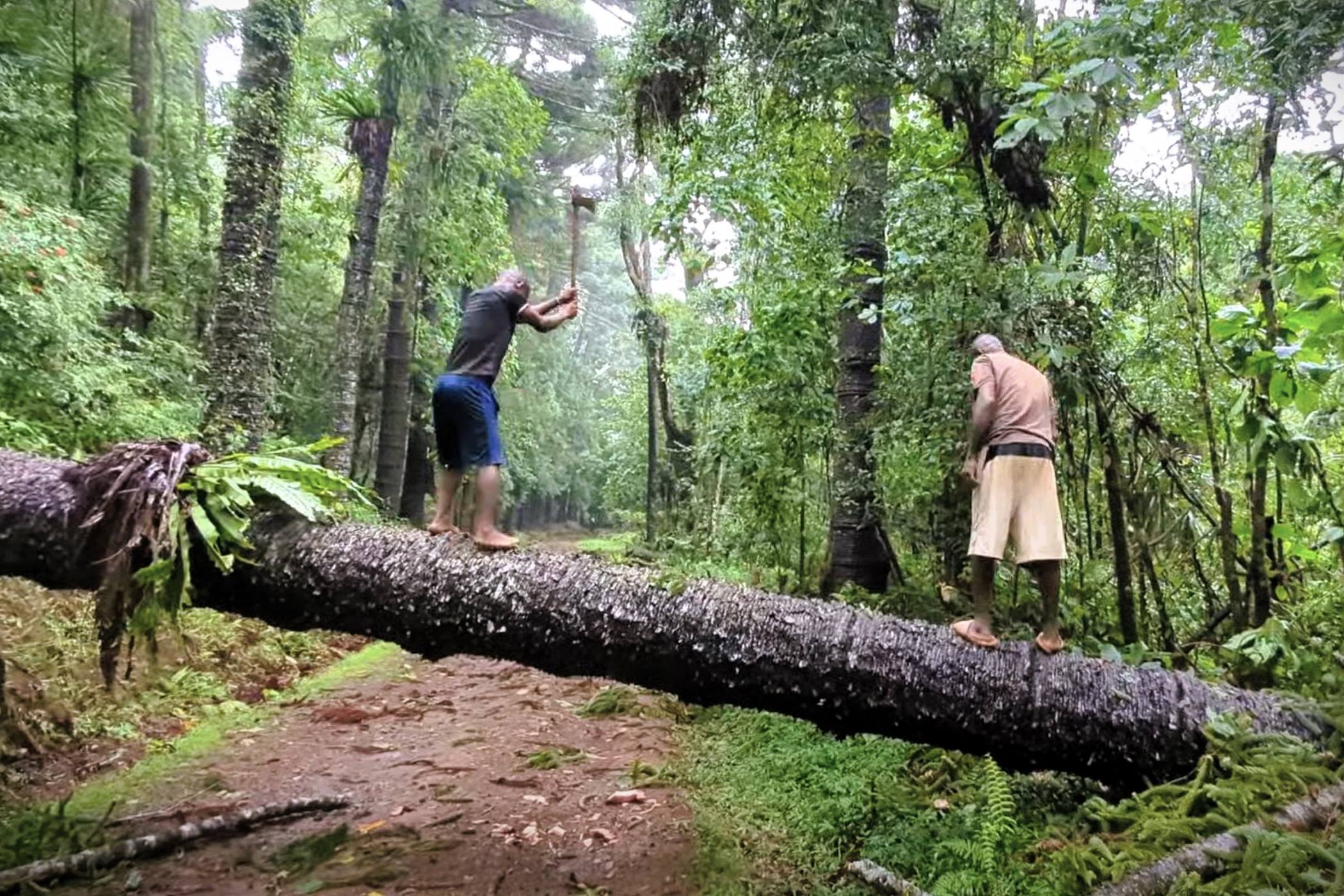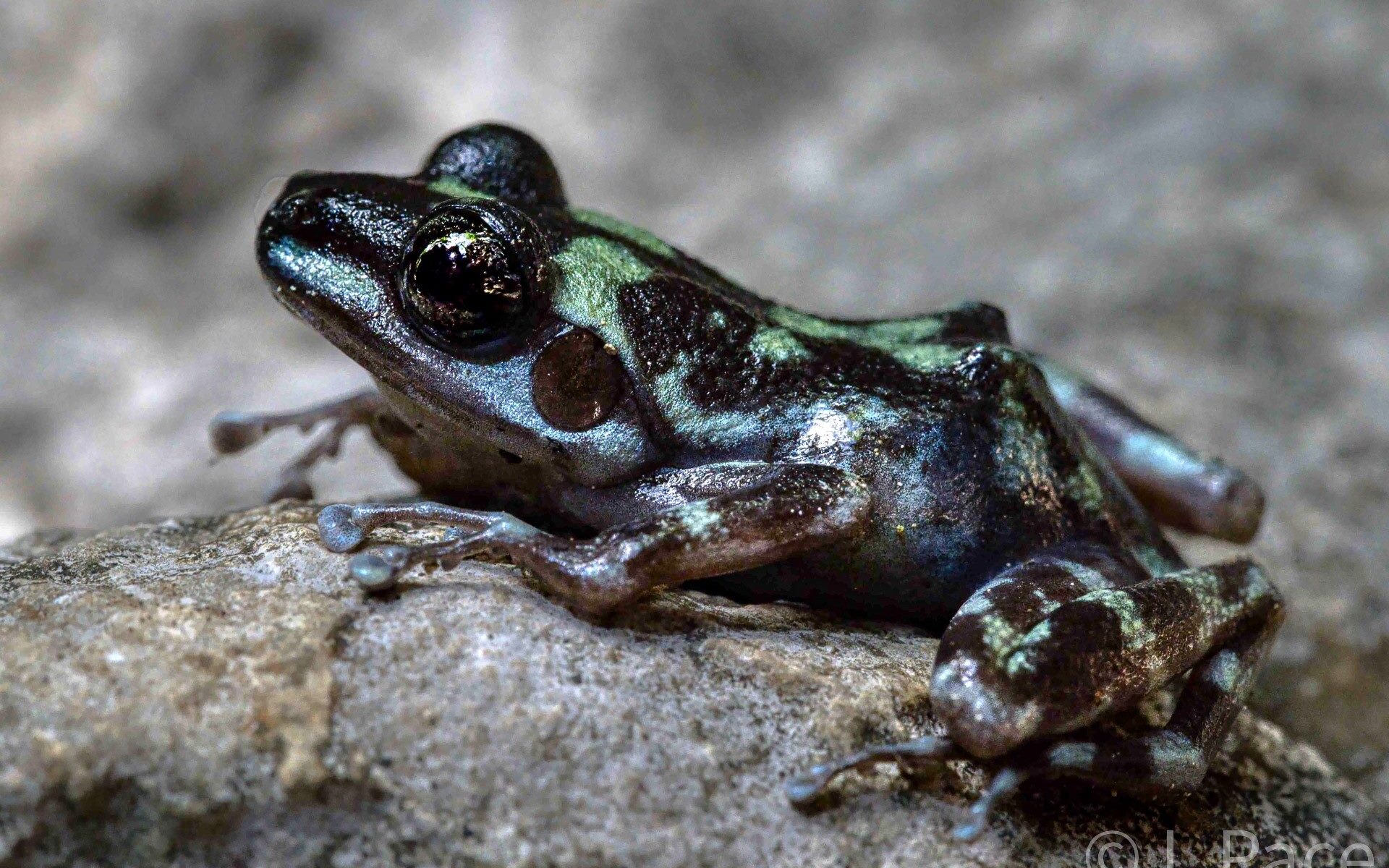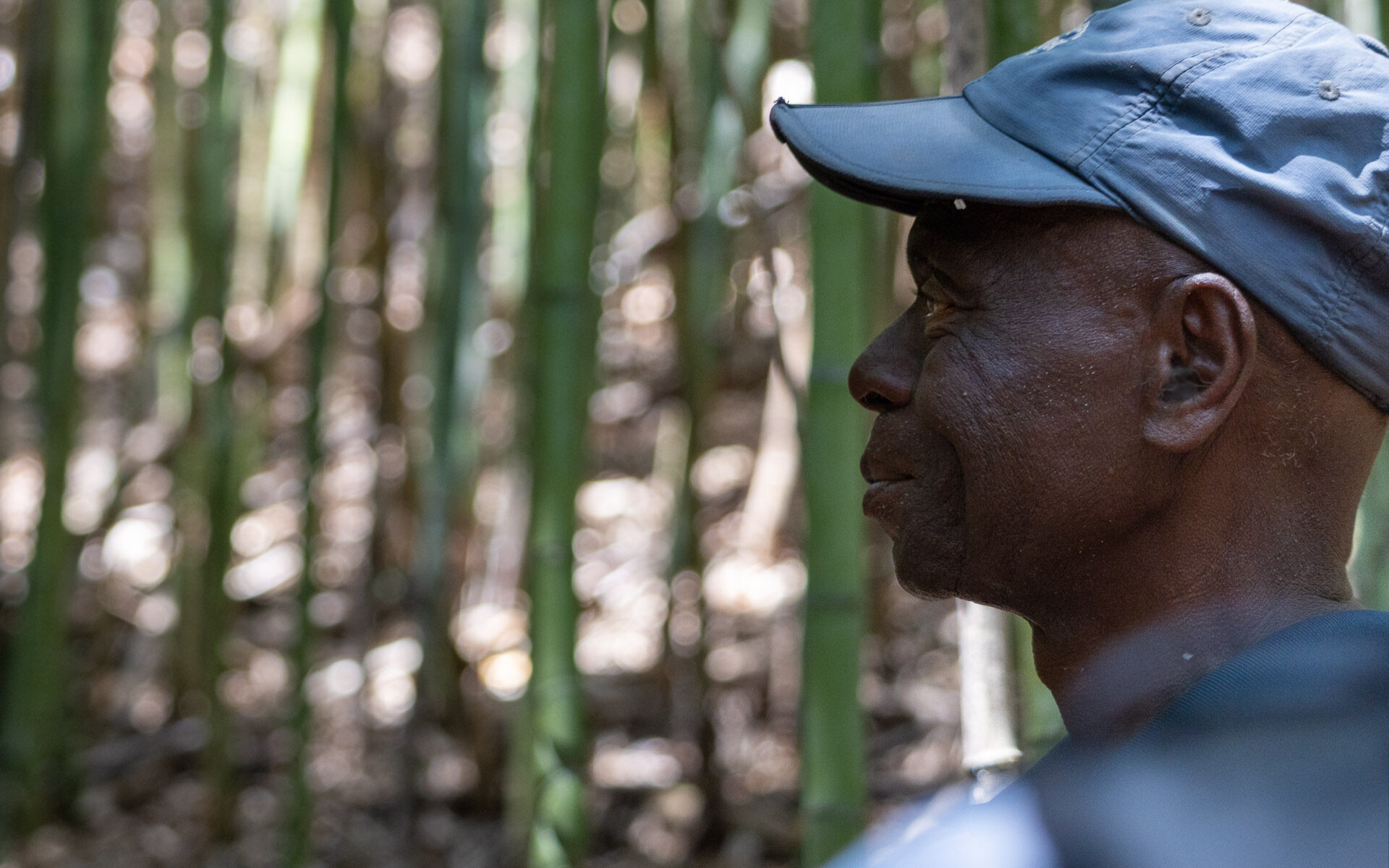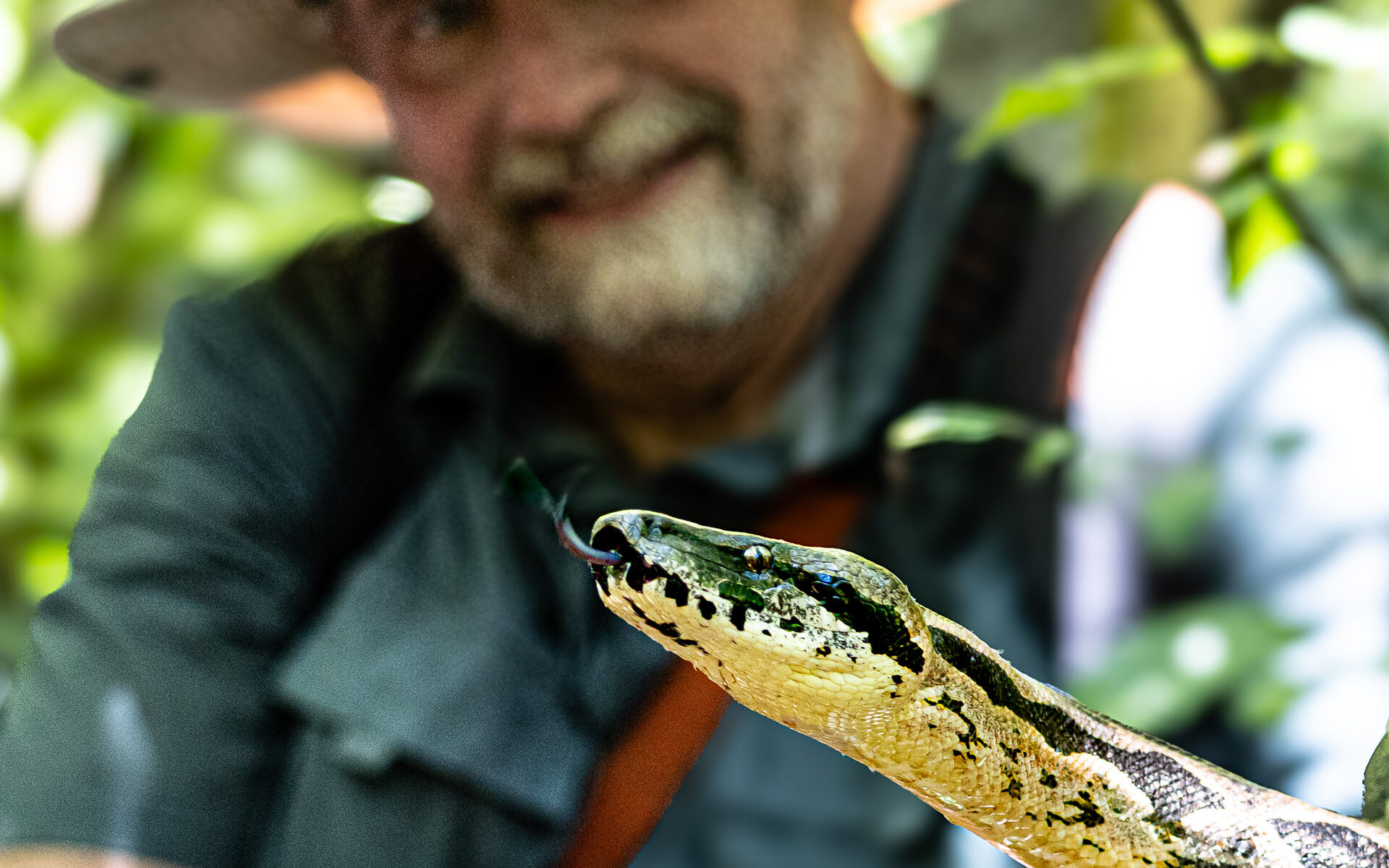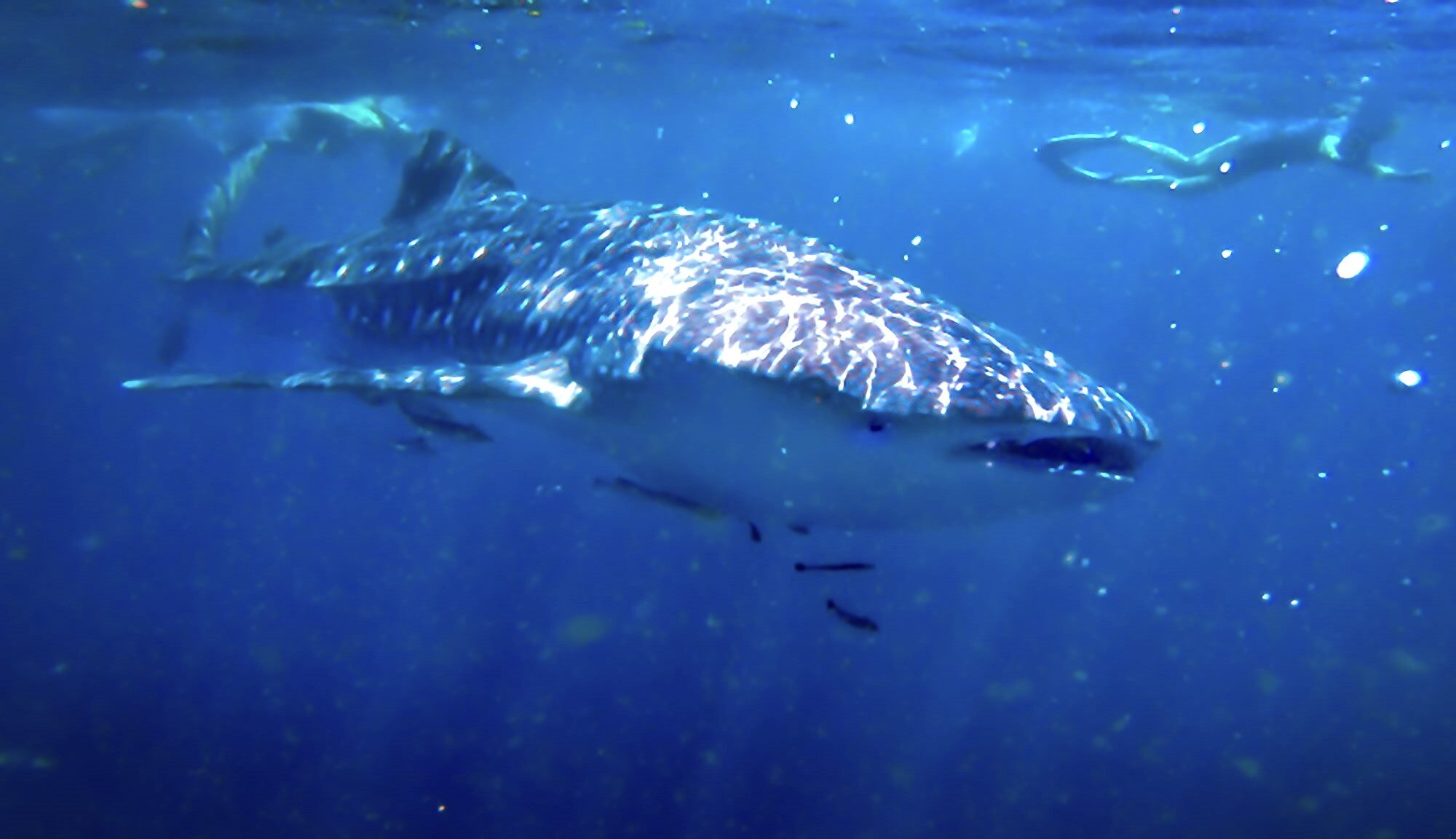Well it won’t be a surprise to you, but it was to us! The photo above was taken by Lonny Pace of the (some would say) ugly Aye-aye, which we weren’t thinking we were going to see at the first campsite. In fact, it wasn’t on Devin’s list of animals we would be looking for this time. We went out of our way to see them in 2022. I didn’t get any great photos then and I didn’t this time either. Fortunately, some of my friends did get better photos.
For now, let’s address the “ON TO” part of the story. We started this adventure on the island of Nosy Be. It is a touristy place or as Devin would say, “not real Madagascar,” when compared with the “Grande Terre,” as the locals call the rest of Madagascar. It is the world’s fourth largest island; so big, some like to call it the eighth continent. Though Nosy Be is not far from the coast of western Madagascar, there are no bridges. We had to get to the road where we would continue our adventure by boat.
I believe it was at dinner on the rainy night before we left Nosy be, our lead local guide, Jacques explained to us that the journey might be difficult. To get to the camp site, we would be taking multiple forms of transportation. The journey was made more challenging because a cyclone had wiped out two of the three major bridges on the route from the small port on the mainland coast to our destination. Both bridges were intact until Cyclone Gamane hit in late March 2024. Jacques said, when the trip was being planned the journey was going to be long, but not too bad. After the destructive flooding, driving even four-wheel drive vehicles was impossible, but he was still hopeful that at least temporary bridges would be constructed by the time we arrived in Madagascar. Unfortunately, he told us that night, it was unlikely the temporary bridges would be completed and we would have to be prepared for the worst. Therefore, it would be necessary to get an early start, in case we needed to adjust to the situation as it played out. Getting local help was essential. If the weather was bad, it would not be safe to cross the rivers and we would have to make alternative plans. It wasn’t going to be an easy day and Jacques wasn’t making any promises. If we were very lucky and we made it to camp before dark, he might have a surprise for us. You already know from the photo above that we made it, but I want to tell the story anyway. So, please read on!
Early the next morning, we loaded up our gear in a few vehicles and drove to Hell-ville (not named for the place of perpetual torment, but rather a French Admiral) where the Port of Nosy Be is located. Jacques organized a group of porters to haul our stuff to a boat he had waiting for us. Though it had rained hard the night before, we had beautiful weather and relatively calm seas for the crossing. We arrived at the Port of Ankify about an hour later. Again Jacques organized porters to bring everything to the vehicles that were waiting to drive us to the first river crossing. When we arrived at the Ifasy River, the banks were crowded on both sides with people and trucks with goods waiting to be ferried across. It looked like we would be waiting for a very long while, but somehow Jacques was able to negotiate a suitable boat to transfer us and all our baggage safely across the fast-flowing river and we were only delayed for a little more than half an hour.
On the other side, after a short walk, we got into an old taxi-brousse and we were on our way to the next river crossing. We didn’t make it all the way there before the vehicle started to make a sound like the rear axle was beginning to fail, but fortunately it was only that the wheel was starting to loosen. After a quick inspection, one lug nut was missing; but nothing was broken. We had stopped before the wheel fell off. With a little help from another local, the driver had the minibus on a jack; the existing lug nuts were tightened, and off we went. It wasn’t long before Jacques was doing his magic again, negotiating another river crossing; this time across the Mahavavy River.
It was on the other side of the river that we were finally met by our drivers for the duration of the trip in the three four-wheel drive vehicles Devin had hired. The tents and most of the other provisions for the trip, were already loaded on top of the vehicle. What seemed like an impossible journey in the morning, thanks to Jacques negotiating skills; looked to be on schedule now to make it to camp before dark.
Without any further discussion we all found our way into a seat in one of the vehicles and we were off in the direction of Loky Manambato. Our driver was good and he was careful. He always slowed when there were children or Zebu near the side of the road, and he never hit any small animals. He did straddle a few chameleons at high speed though. We began to refer to our driver as Mario Andretti (the only race car driver in history to win the Indianapolis 500, the Daytona 500, and the Formula One World Championship), because of his skillful driving and because we definitely traveled in a wheeled vehicle faster than few in Madagascar ever had. For short, we called him Mario, but it didn’t matter what we called him, because he only knew a few words of English. I appreciated that he was always smiling and keeping his eyes on the road; looking like he had the best job in Madagascar.
True to form with Mario driving, we arrived first at the turnoff from the main road to the bumpy dirt road leading to Tattersall’s Camp. We had to wait for half an hour before both other vehicles arrived. Devin had warned us that in Madagascar, sometimes you have to be patient, wait…then be patient some more. Devin was in one of the vehicles and Jacques was in the third. Our driver couldn’t explain to us what the delay was, but we did understand from the few words he said, they were coming. Eventually both arrived, but one of the two Toyotas was smoking and sounding pretty rough. When they got out of the car we asked why it took them so long and they explained that the one that was smoking had overheated and it required some time before they could add water to the radiator.
The camp was in pretty bad shape when we arrived, but it was obvious they were expecting us. People were there to greet us and local park guides were ready to take us to see the reserve at Loky Manambato as soon as we finished dinner and it got dark. It wasn’t a reserve that was often visited and with the bridges out there wasn’t money or the will to maintain the camp. Most people who come to visit the reserve, come to see the Golden-Crowned Sifaka; not Aye-ayes. That was the rare mammal Devin had in mind when he put it on the itinerary.
I saw that another visitor to the camp posted a picture a few years back on Trip Advisor, showing the camp in much better shape and equipped with at least one flush toilet. The pictures posted were certainly of the same place , but from a different time! We stayed in tents and there weren’t any bathrooms with running water or toilets of any kind. There was a bucket to wash your hands and plenty of trees near camp to hide behind to go to the “bathroom.” Despite this, I think the people in our group had a good time. (Most of us anyway. Mike picked up an intestinal ailment that laid him low and had us worried.) We ate tasty fire-cooked food prepared by locals that was plentiful and fresh mangoes and pineapples. Our drivers set the tents up and made them comfortable with clean bedding. Not wanting to disturb others who might be light sleepers, I picked a tent in what I predicted would be the snoring section and organized my stuff inside for the two night stay.
The night hike was productive and not too long. The park guides had scouted and found the sleeping nests of a pair of Aye-ayes and were able to take us to see the surprise that Jacques was hoping we would see. We spent a long while marveling at the antics as they woke up and left the the temporary nest. We spent a little time searching for other nocturnal animals before we headed back to our tents.
The main reason for telling this story the way I did was to highlight the effort of our hosts while letting readers know how much we appreciated that there are people like Jacques, our drivers, and park guides who are good at what they do and willing to show us the real Madagascar. Without them, the trip would not have been a success. This was obvious and we were only a few days into the trip. They treated us well at this camp and in the rest of northern Madagascar. I hope adventurous people who are interested in going beyond zoo-like experiences will continue to support their efforts, so that the local people can benefit from conserving the habitat that the unique flora and fauna need to survive. The animals are fantastic, but not the stars. Sure, it would be nice if they could afford to keep Tattersall’s Camp in better condition, but I was satisfied with what was on offer.
To see if we saw anything else worth photographing click here. I am not making any promises. At the start of this post, you got to see a pretty awesome photo of a strange but wonderful wild lemur that is very hard to find and photograph in its natural setting.
